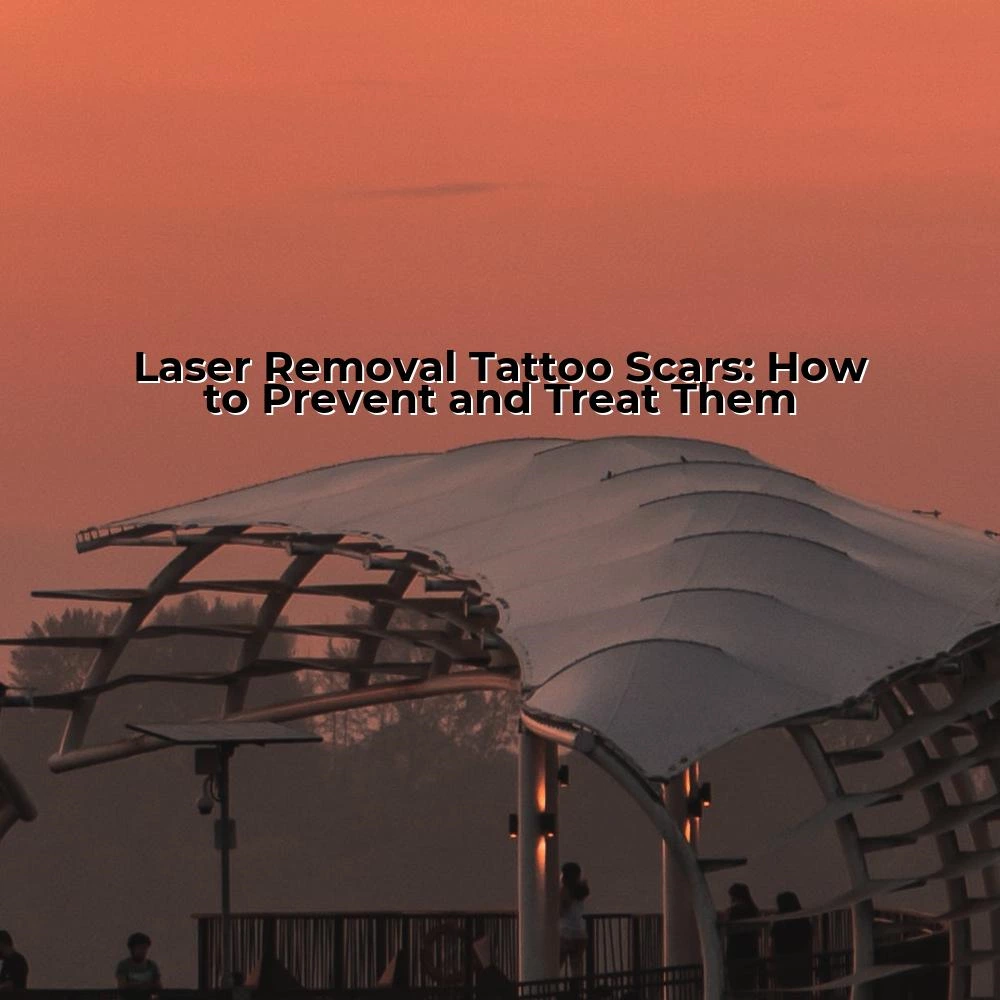Laser Removal Tattoo Scars
| Visit:81

Laser Removal Tattoo Scars
Introduction
In the rapidly evolving world of cosmetic procedures is the increasingly popular method of laser tattoo removal. Laser removal tattoo scar formation can often create concern amongst patients and professionals. Understanding the prevention and treatment of the potential scarring outcomes forms a significant part of the evaluation and management of these cases.
Prevention
Prevention remains a crucial step in limiting laser removal tattoo scar formation. The primary prevention strategy is ensuring that the patient is an ideal candidate for the process. Those with predisposing factors such as keloid tendency, history of poor wound healing, or certain autoimmune conditions might be more susceptible to scarring in the post-procedure period. Ensuring a thorough medical evaluation prior to the procedure can prevent potential negative outcomes.
Moreover, employing professional laser technicians reduces the risk of scar formation. With proper training and continuous updates on technological advancements, the professionals can minimize the likelihood of complications.
Finally, cautious aftercare post-procedure is crucial for preventing scarring. Patients should regularly clean the treated area, avoid sun exposure, and refrain from picking scabs. Rigorous adherence to these measures ensures an optimal environment for minimal scar formation.
Treatment
Despite best preventive efforts, some patients still develop laser removal tattoo scarring. Various proven treatment modalities are available for these patients.
1. Topical Gels and Creams: A host of over-the-counter and prescription medications are available that have proven efficacy in reducing scarring. These typically contain anti-inflammatory and skin-regenerating agents.
2. Intralesional injections: For raised scars, dermatologists can inject medication directly into the scar tissue to flatten and soften the area. The most commonly used medicine is corticosteroids.
3. Surgical Revision: For extensive or persistent laser removal tattoo scars, surgical intervention might be required. Surgical scar revision involves removing the scar tissue surgically and re-closing the wound.
4. Laser Therapy: Ironically, the very tool that caused the scar can also clear it. Laser therapy works best on pigmented scars and typically requires multiple sessions for the best results.
Conclusion
The www.ciellulu.net website provides an extensive guide on the different stages of laser tattoo removal, which includes realistic expectations, after-care measures, and the probability of scar formation. The choice of laser tattoo removal should not preclude considerations of potential scar formation. In-depth discussions and adequate preparation can help mitigate risks and maximize patient satisfaction.
Professionals in the field must understand laser removal tattoo scar prevention and management to ensure the best possible outcomes. Continuous learning, coupled with empathetic patient education, would significantly contribute to enhancing the tattoo removal procedure experience. Let's use innovation to our benefit, not to our detriment.
Source: Laser Removal Tattoo Scars




 Ciellulu Laser - Facial Machine Supplier
Ciellulu Laser - Facial Machine Supplier

